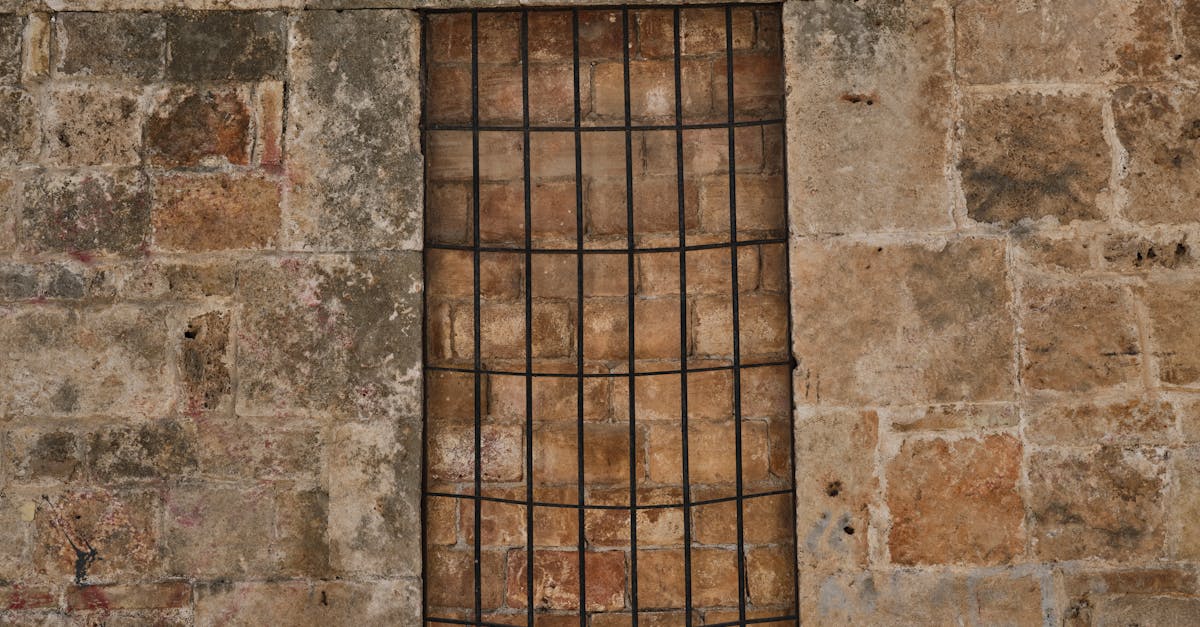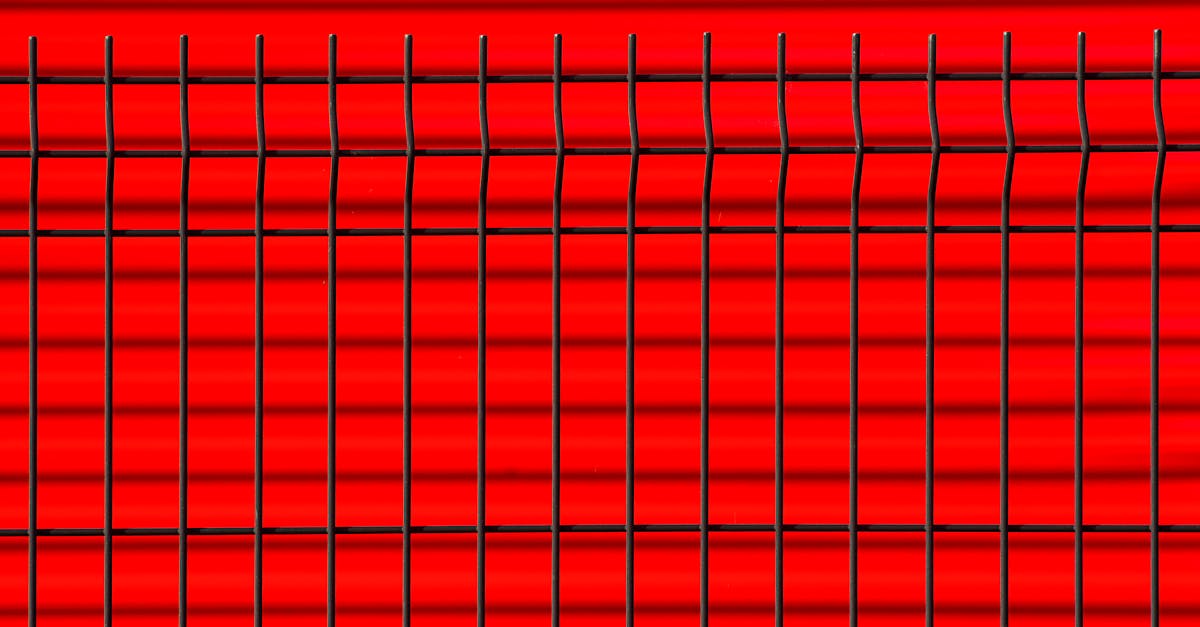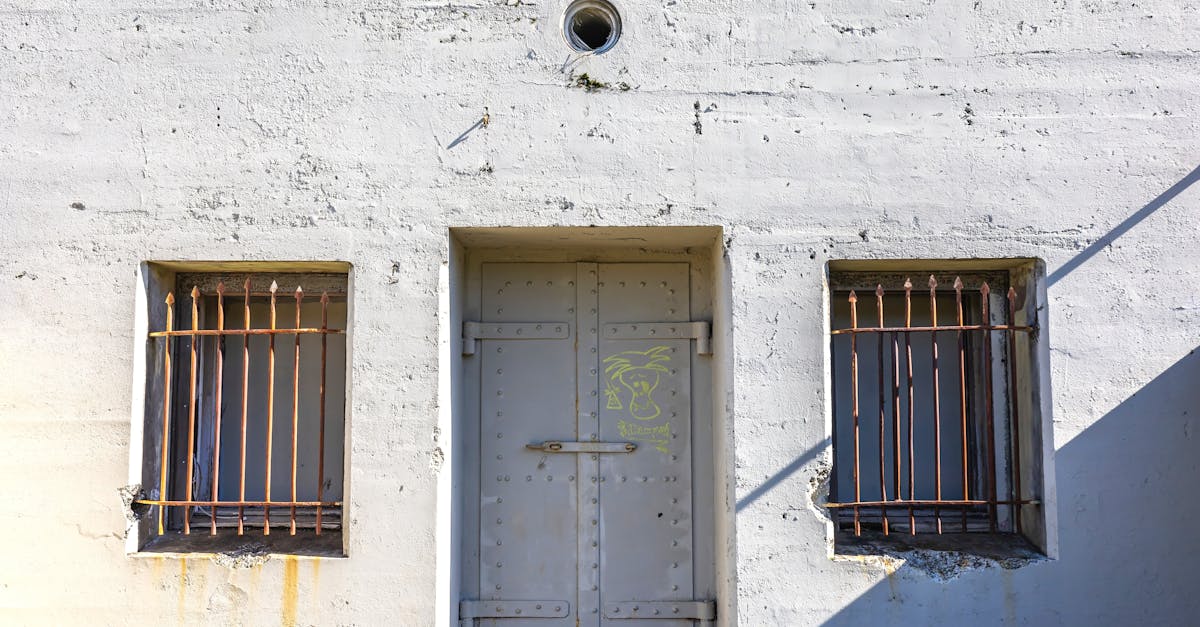
Table Of Contents
Using Incorrect Tools
Using the correct tools is crucial for a successful toilet installation and repair. Many individuals underestimate the significance of having the right equipment on hand, leading to unnecessary delays and complications. Incorrect tools not only increase the likelihood of errors during installation but can also cause damage to the toilet or plumbing system. This can result in additional costs and frustration down the line.
A basic toolkit for toilet installation should include a wrench, a level, a rubber mallet, and a screwdriver. Each tool serves a specific purpose, from tightening bolts to ensuring the toilet sits evenly on the floor. Failing to have these essential tools can make even a simple installation much more challenging. Preparing ahead and investing in quality tools can make the process smoother and more efficient.
Essential Tools for Toilet Installation
Having the right tools is crucial for a successful toilet installation and repair. A basic toolkit should include a adjustable wrench, a set of screwdrivers, and a hacksaw. It's also important to have a toilet auger on hand in case of blockages during or after the installation process. These tools facilitate ease of assembly and ensure that everything fits together properly, which helps prevent issues down the track.
Additionally, using a level during the installation ensures that the toilet sits evenly, preventing leaks and damage over time. A sponge and bucket may also be useful for cleaning up any spills or excess water. Investing in quality tools not only makes the installation smoother but also contributes to the longevity of the toilet and plumbing system. Always check that your tools are in good condition before starting any work.
Misunderstanding Water Supply Connection
A common error during toilet installation and repair is misunderstanding the water supply connection. Many individuals overlook the importance of ensuring the water supply line is properly connected, which can lead to leaks or inadequate flushing performance. Knowing the difference between flexible hoses and rigid pipes is crucial for a successful installation. Using the wrong type can cause issues down the line, leading to unnecessary repairs and increased costs.
Properly connecting the water supply involves more than just tightening fittings. It’s essential to ensure that the shut-off valve is operational and that all connections are watertight. Failing to check for leaks after installation can result in water damage and mould growth, which are both costly problems to rectify. Taking the time to double-check your connections ensures the system operates efficiently and prolongs the lifespan of your toilet unit.
Connecting the Water Supply Properly
When connecting the water supply to your toilet, it’s crucial to ensure a secure and leak-free fit. Begin by identifying the shut-off valve, which is typically located near the floor on the wall behind the toilet. Turn off the water supply before proceeding with the installation. Attach the flexible water supply hose to the valve and ensure it is tightly secured to prevent any leaks. Using the right fittings is essential for a proper connection.
After attaching the water supply hose, carefully connect the other end to the toilet tank. It’s important to hand-tighten the connection as overtightening can damage the fittings. Once the connections are secure, turn the water supply back on and check for any leaks. Toilet installation and repair often requires attention to these details, as even a small oversight can lead to significant issues down the line. Always double-check your connections to ensure everything is functioning properly.
Skipping the Dry Fit Process
Skipping the dry fit process can lead to significant issues during toilet installation and repair. This important step involves temporarily placing the toilet in position to assess its fit and alignment with the existing plumbing. Without this preliminary check, you risk discovering misalignments or obstructions only after securing the toilet, resulting in unnecessary frustration and extra work.
Additionally, a dry fit allows for necessary adjustments to be made before final installation. It provides an opportunity to measure the distance from the flange to the wall, ensuring that the toilet will sit correctly. Taking the time to dry fit can save both time and money by preventing costly mistakes down the line, making it an essential practice for any successful project.
Benefits of Testing Fit Before Final Installation
Testing the fit of a toilet before final installation is a crucial step that often gets overlooked. By performing a dry fit, homeowners can identify potential issues such as misalignment with the flange or inadequate space around the unit. This practice allows for adjustments to be made without the hassle of plumbing work that might need to be re-done later. It can save time and costs associated with rectifying plumbing mistakes that arise when the toilet is simply bolted down without prior checks.
Additionally, dry fitting helps ensure that the toilet sits securely on the floor, promoting stability. A properly aligned toilet reduces the risk of leaks and can prevent future complications that may lead to costly repairs. Toilet installation and repair can be an intricate task; by investing a little time in dry fitting, users can enhance the durability and efficiency of their installations, contributing to a more functional bathroom environment.
FAQS
What are some common tools needed for toilet installation?
Essential tools for toilet installation typically include a wrench, screwdrivers, a level, a drill, and a measuring tape.
Why is it important to connect the water supply properly?
Properly connecting the water supply is crucial to avoid leaks, ensure adequate water flow, and maintain the toilet’s functionality.
What does the dry fit process entail?
The dry fit process involves assembling the toilet components without sealing them permanently to check for fit and alignment before the final installation.
What are the benefits of testing fit before final installation?
Testing the fit beforehand helps identify any misalignments or issues, ensuring a smoother installation process and reducing the risk of future problems.
How can I avoid making mistakes during toilet installation?
To avoid mistakes, ensure you have the right tools, understand the water supply connections, follow the appropriate installation steps, and consider seeking professional help if needed.





























